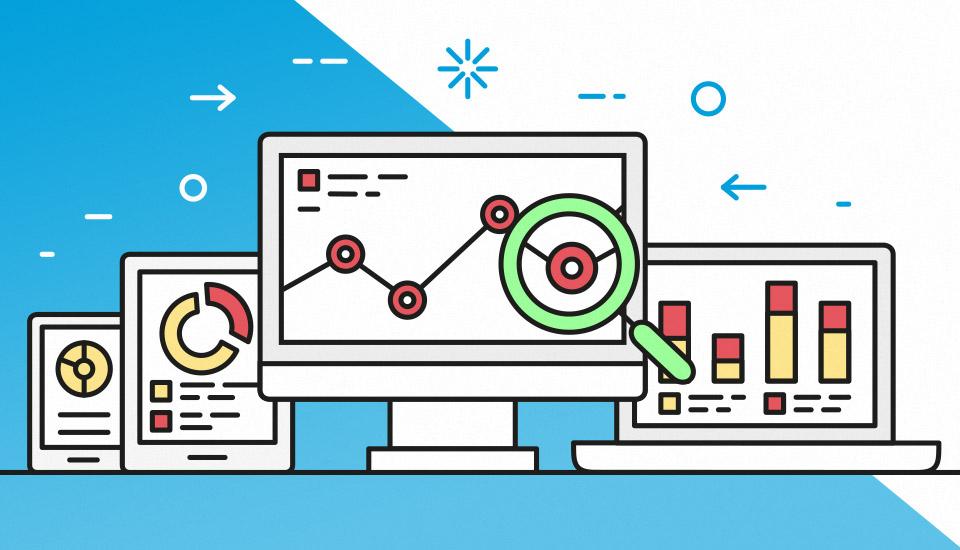+44 (0) 1223 378 000
info@cpl.co.uk
1 Cambridge
Technopark,
Newmarket Road,
Cambridge,
CB5 8PB, UK

It’s amazing the effect simple things can have on people. Words, colours, shapes, sizes and movements can all affect how you and the people around you feel and perceive their moods and surroundings.
I apply these considerations to a web design and the iterations that take place once it’s live. Small changes can make a huge difference to how your users feel when they interact with your site. But, how do you know what should and shouldn’t be changed and whether the changes you make will be effective? Here are some tips on how to carry out meaningful and measurable change.
The don of analytics tools
Google Analytics – it’s superb if used correctly. Set up a conversion funnel, monitor goals. Check out the bounce and exit rates; how long are people spending on the pages you want them to engage with? Are they spending way too long on pages that should be a simple gateway page?
Focused observations will help you highlight the ‘pressure points’ of your site and extract the pages that need work. If you determine the key performance indicators (KPIs) of the site, then this is where your focus should be.
Track your users
I’m not talking about lurking in dark alleys with night vision goggles – but there are some great programs out there which will give you rich and meaningful feedback on how users are interacting with your site – Crazy Egg and Hotjar are two great examples. You can monitor key pages on your site and see how far people scroll down the page, what they click, what they linger on and what isn’t getting the attention is deserves.
You can also send your designs, test builds or live site out to users. This feedback (positive and negative) can back up the effectiveness of your designs, and be sent to stakeholders to help you further illustrate the suggestions being made.
I’m not talking about huge user groups – five users is all you need for quality data.
Test your changes
Guerilla testing is a great method to test ideas out in their early stages – when your idea is a simple prototype, take it to the masses; get out on the streets and try it out on some people.
Get them to talk you through the thoughts in their head as they use it – you’re not a mind reader after all; as well as observing their behaviour, look for commonalities in any issues that they encounter – then focus your efforts on these changes.
Be clever about the people you target and try not to interrupt their day; target people when they would welcome a short interactive task, for example when they are queuing to gain access to an event.
Analyse your results
So you’ve tested, designed, built and pushed live. Job done… right? Afraid not. Don’t get complacent – keep an eye on your analytic metrics and make sure your changes work!
In conclusion – rather than basing changes on gut feelings and personal opinion – try to make meaningful change by analysing and testing real users, and then measuring these changes against your company's KPIs. In doing this, you will create a far more effective communication tool for your business.